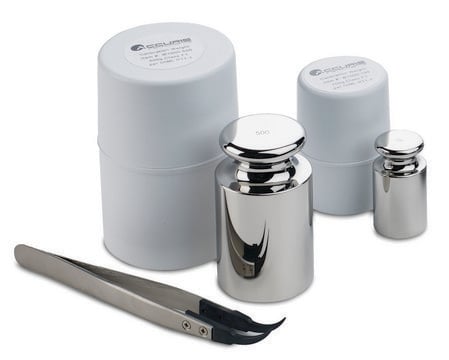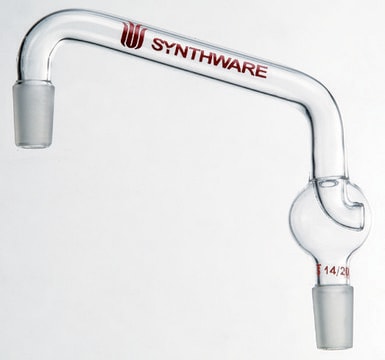Kluczowe dokumenty
B1042
Benzyl alcohol
ACS reagent, ≥99%
Synonim(y):
Benzenemethanol
About This Item
Polecane produkty
klasa czystości
ACS reagent
gęstość pary
3.7 (vs air)
ciśnienie pary
13.3 mmHg ( 100 °C)
3.75 mmHg ( 77 °C)
Próba
≥99%
temp. samozapłonu
817 °F
zanieczyszczenia
≤0.01% Benzaldehyde (C6H5CHO)
≤0.02% Acetophenone (C6H5COCH3)
pozostałość po prażeniu
≤0.005%
kolor
APHA: ≤20
współczynnik refrakcji
n20/D 1.539 (lit.)
bp
203-205 °C (lit.)
mp
−16-−13 °C (lit.)
gęstość
1.045 g/mL at 25 °C (lit.)
ciąg SMILES
OCc1ccccc1
InChI
1S/C7H8O/c8-6-7-4-2-1-3-5-7/h1-5,8H,6H2
Klucz InChI
WVDDGKGOMKODPV-UHFFFAOYSA-N
Szukasz podobnych produktów? Odwiedź Przewodnik dotyczący porównywania produktów
Hasło ostrzegawcze
Warning
Zwroty wskazujące rodzaj zagrożenia
Zwroty wskazujące środki ostrożności
Klasyfikacja zagrożeń
Acute Tox. 4 Inhalation - Acute Tox. 4 Oral - Eye Irrit. 2
Kod klasy składowania
10 - Combustible liquids
Klasa zagrożenia wodnego (WGK)
WGK 1
Temperatura zapłonu (°F)
213.8 °F - DIN 51758
Temperatura zapłonu (°C)
101 °C - DIN 51758
Środki ochrony indywidualnej
Eyeshields, Faceshields, Gloves, type ABEK (EN14387) respirator filter
Wybierz jedną z najnowszych wersji:
Masz już ten produkt?
Dokumenty związane z niedawno zakupionymi produktami zostały zamieszczone w Bibliotece dokumentów.
Klienci oglądali również te produkty
Nasz zespół naukowców ma doświadczenie we wszystkich obszarach badań, w tym w naukach przyrodniczych, materiałoznawstwie, syntezie chemicznej, chromatografii, analityce i wielu innych dziedzinach.
Skontaktuj się z zespołem ds. pomocy technicznej











